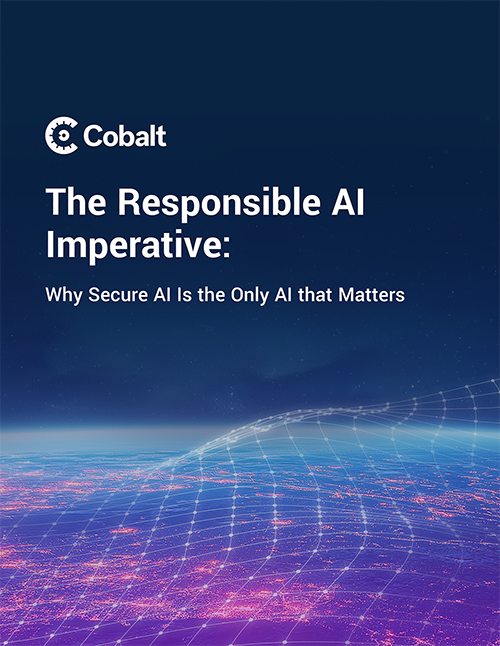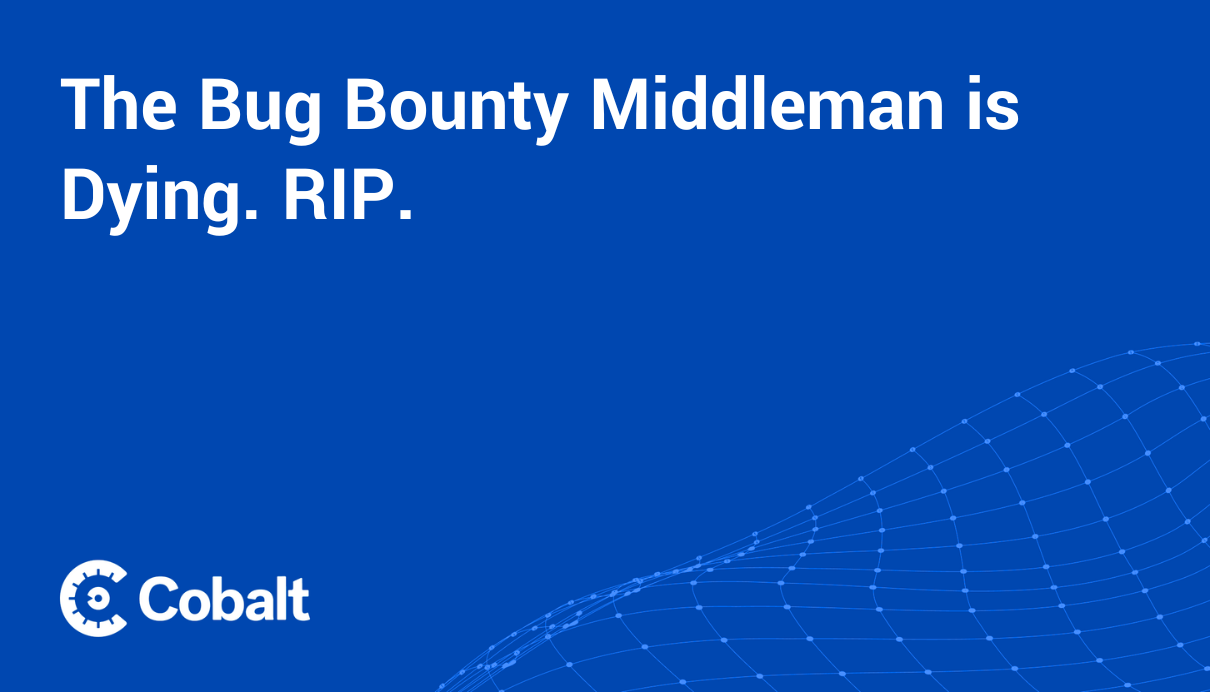The recent disclosure of critical vulnerabilities in Gigabyte motherboard firmware serves as a potent, real-world example of a threat class I call the “ghost in the machine.” These aren’t your typical software bugs that a simple patch can fix. They represent a fundamental compromise at the very foundation of computing—a layer that is inherently trusted by everything that runs on top it.
This isn’t just a technical curiosity for security researchers. It is a strategic risk that CISOs, security teams, and every business leader needs to understand.
The Foundation of Trust is Broken
To grasp the severity, you have to think about a computer as a stack of technology. At the top, you have the applications you interact with every day. Those applications run on an operating system, which in turn relies on drivers, firmware, and finally, the physical hardware and silicon chips themselves.
At the junction of hardware and software sits the BIOS (Basic Input/Output System) or its modern successor, UEFI (Unified Extensible Firmware Interface). This is the very first piece of software that runs when you power on a machine. It wakes up the hardware, checks that everything is working, and tells the system to load the operating system and interfaces humans will interact with.
Because of this foundational role, the OS—and by extension, every security tool, every application, you run on it—has no choice but to implicitly trust that the BIOS is secure. If an attacker can compromise the BIOS, they have broken the entire chain of trust from the silicon up.
Why These Vulnerabilities Are a Nightmare for Defenders
Firmware vulnerabilities are especially dangerous for three reasons:
- Ultimate persistence: Imagine you discover a compromised machine. Your standard procedure is to wipe the hard drive and reinstall the OS. But if the BIOS is compromised, that malicious code simply runs again at the next boot-up and reinfects your freshly installed system. You can even replace the hard drive entirely, and it won't matter. This level of persistence is the holy grail for state actors and other advanced adversaries who prioritize long-term, undetected access. For example, the Russian APT group Fancy Bear reportedly leveraged the LoJax vulnerability in UEFI BIOS firmware to infiltrate government systems in Eastern Europe in 2018. Attackers embedded in this level can survive nearly any standard remediation effort.
- Cloaked from detection: You cannot find a BIOS compromise using traditional tools. It will not be visible to software running on the OS, nor will it likely betray itself through suspicious network traffic. The only way to definitively confirm this kind of breach is through a physical, forensic analysis at the chip level. This requires specialized skills and equipment that are simply unavailable to many organizations.
- The remediation is replacement: With a typical software bug, the vendor issues a patch, and you apply it. With a hardware or firmware flaw, it’s not so simple. The only guaranteed fix for a compromised motherboard is to physically replace it—which, for most devices, means throwing out the entire computer. Even an attempt to flash the BIOS with a clean version might not be successful, as some sophisticated implants can survive the process. The uncomfortable reality is that most users and businesses will simply live with the vulnerability, meaning compromised devices will remain in our networks indefinitely.
Why We're Seeing More Hardware Flaws
For decades, the lowest-hanging fruit for attackers was in applications and, later, the operating systems themselves. Application vulnerabilities still exist at a high rate, of course, including many basic and easily exploitable flaws, as our Cobalt pentest data shows. Even in our pentests of LLMs and AI applications, the top finding is SQL injection.
But as vendors have poured resources into hardening those layers—introducing technologies like memory randomization (ASLR) and leveraging hardware-based secure enclaves—that fruit has moved higher up the tree.
Attackers are now shifting their focus downward to the firmware and hardware layers. It’s not that firmware has suddenly become less secure; it’s that the layers above it have become more secure, making firmware a relatively softer target. This is an area where the industry simply doesn't have 20 years of experience in defense, because it hasn't been the primary battleground.
Compounding this problem is the democratization of advanced tools. The multi-million-dollar scanning electron microscopes and laser apparatuses once needed for hardware hacking are now accessible for a few hundred dollars an hour at a local university or lab. The barrier to entry for finding and exploiting these deep-level flaws has fallen dramatically.
Path Forward: From Technical Problem to Supply Chain Solution
Acknowledging this threat is one thing; doing something about it is another. Most businesses are not equipped to perform chip-level forensics, nor should they be. The solution lies not in direct defense, but in shifting our perspective to see this as a supply chain risk.
Your laptops, servers, and network firewalls are all part of your technology supply chain. While you can't fix a BIOS vulnerability yourself, you can make informed decisions about the vendors you buy from. You have the power to ask questions and demand proof that your hardware providers are taking firmware security seriously.
A tangible benchmark to look for is the Open Compute Project (OCP) SAFE standard.
This is an initiative being led by major cloud providers that establishes requirements for vendors to conduct rigorous pentesting of their devices and code reviews of their firmware. Asking a potential vendor if they adhere to or are aligned with standards like OCP SAFE is a powerful first step.
For organizations that manufacture complex devices or consume them in bulk—think of a bank or retailer that deploys millions of chip-and-PIN readers—the due diligence must go deeper. This is where specialized services like IoT pentesting and secure code review for firmware become essential tools for validating that a device is secure before it is built or deployed at scale.
Many businesses are seeking pentesting and code reviews for third-party software and components, for a variety of reasons. According to survey results reported in our State of Pentesting Report, nearly half said they require pentesting of software that processes customer data. More than one-third said pentesting is required for software built into their products (a number that rises to nearly two-thirds when accounting for “all of the above” responses to the question).
A programmatic approach to risk reduction, including code reviews, pentesting, red teaming, and offensive security writ large, is the way to go. We simply need everyone to get on board.
It’s Time to Secure the Foundation
The ghost in the machine is no longer a theoretical threat. It’s a clear and present risk, and we will see more hardware and firmware vulnerabilities before the industry’s defensive posture improves. After decades of focusing on securing software, we must now play catch-up at the very foundation of our technology stack. While direct remediation is often impractical, a strategic focus on supply chain due diligence, and demanding transparency from our vendors, is the only viable path forward to exorcising these ghosts from our machines.
Want to go deeper on offensive security strategies? Explore our Resource Library for expert tools, and frameworks to help you secure your environment.




.png)





